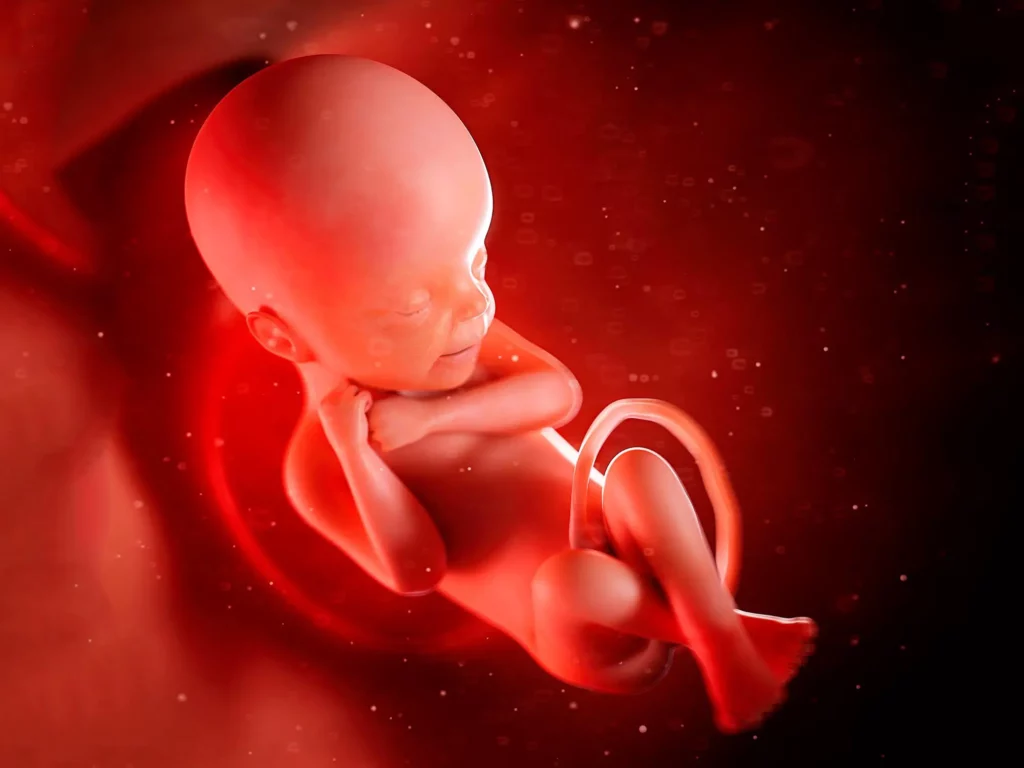Having twins or more babies, having a short time between pregnancies and having an illness either mental or physical makes it more likely to have a baby with a low birth weight, according to research done by Swansea University.
Every year, about 20 million babies are born with a very low weight of less than 5 pounds 8 ounces. To better give resources and take care of these babies, some researchers decided to study what caused them to be so small in order to help prevent it from happening again.
This research was done with 693,377 children born in Wales between January 1st, 1998 and December 31st, 2018. This information was found from a special database that stores data about kids.
The scientists wanted to get more understanding of the risk factors for low birth weight babies, so they looked at different kinds of records related to births.
The study revealed that mothers who have the greatest chance of having a low birth weight baby include:
People who are having more than one baby, like twins or triplets, and those with pregnancies that are less than a year apart have increased chances of having risk problems during their pregnancy. Maternity health problems such as diabetes, anemia, depression and severe mental illness can also cause added risk due to the pregnancy. Furthermore, smoking, excessive drinking (which results in hospital admissions), substance misuse and domestic abuse are even bigger risk factors for pregnant women.

To reduce the risk of low birth weight, it’s essential to consider a few factors. These include the age of the mother (if she’s 35 or above) and where she lives (in a deprived area). It’s important to address multiple births, early pre-term delivery history in mothers, as well as their health practices such as reducing smoking and substance use and increasing maternal mental health.
Helping pregnant mothers in deprived urban areas have a healthy pregnancy by treating any medical conditions they might have (like diabetes or anemia) and making sure that there is enough time between the pregnancies.
The researcher, Amrita Bandyopadhyay said that there are some important things that can increase the chance of having a low birth weight baby. These things include if the mom smokes, is overweight, uses drugs, has an older age, comes from an area with less money/deprived conditions and how closely together children are born by their moms. To reduce these risks, guidance and support should be given to mothers so they stay healthy physically and mentally during the pregnancy period.
Professor Kieran Walshe, the Director of Health and Care Research Wales which paid for this study, said that the 20-year research has found out what can cause babies to be born with low birth weight. It also shows how collecting data can help healthcare professionals improve their care of mothers and babies without needing more resources or extra work. Finally, the findings give suggestions on where to focus efforts in order to lower the chances of having a baby with low birth weight at birth.
A group of scientists from the UK just finished a special study. They wanted to find out which health risks might cause a baby to have a low birth weight. The group looked at data from adults in Wales, a part of the UK. The scientist’s study was funded by Public Health Wales (an organization that looks after the health of Welsh people).
Reference: “Weighting of risk factors for low birth weight: a linked routine data cohort study in Wales, UK” by Amrita Bandyopadhyay, Hope Jones, Michael Parker, Emily Marchant, Julie Evans, Charlotte Todd, Muhammad A Rahman, James Healy, Tint Lwin Win, Ben Rowe, Simon Moore, Angela Jones and Sinead Brophy, 10 February 2023, BMJ Open.
DOI: 10.1136/bmjopen-2022-063836


